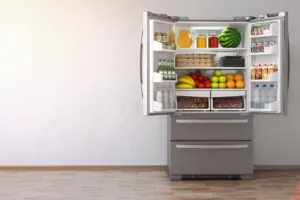The refrigerator is one of the most essential household appliances, playing a critical role in preserving food and maintaining its freshness. Understanding how cold fridges should be, and how they function to maintain that temperature, is important for keeping food safe and extending its shelf life. In this article, we’ll explore the optimal temperature for a fridge, why that temperature matters, how refrigerators maintain their cold environment, and tips for ensuring your fridge stays at the right temperature.
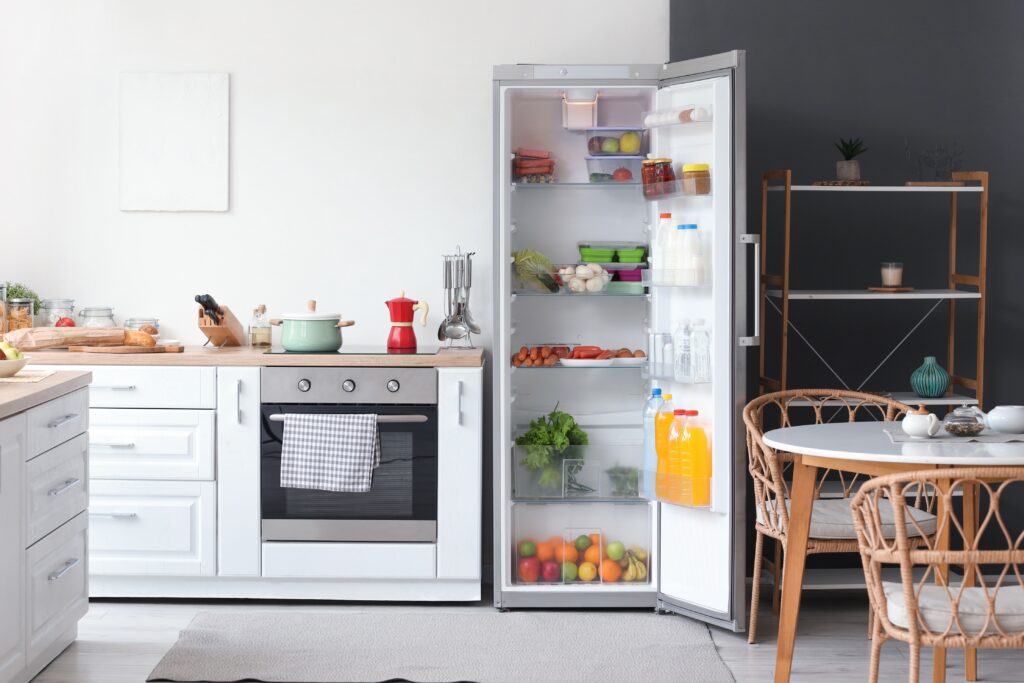
The Optimal Temperature for a Fridge
Refrigerators are designed to keep perishable foods fresh and safe to eat by slowing the growth of bacteria and other harmful microorganisms. According to the U.S. Food and Drug Administration (FDA), the ideal temperature for a refrigerator is at or below 40°F (4°C). Most experts recommend aiming for a fridge temperature between 35°F and 38°F (1.7°C – 3.3°C), which allows the refrigerator to stay cold enough to prevent bacterial growth without freezing the contents inside.
At temperatures above 40°F, bacteria like Listeria and Salmonella can multiply rapidly, increasing the risk of foodborne illnesses. On the other hand, temperatures that are too low (below 32°F) can cause certain foods, like fresh produce, to freeze, affecting their texture and taste.
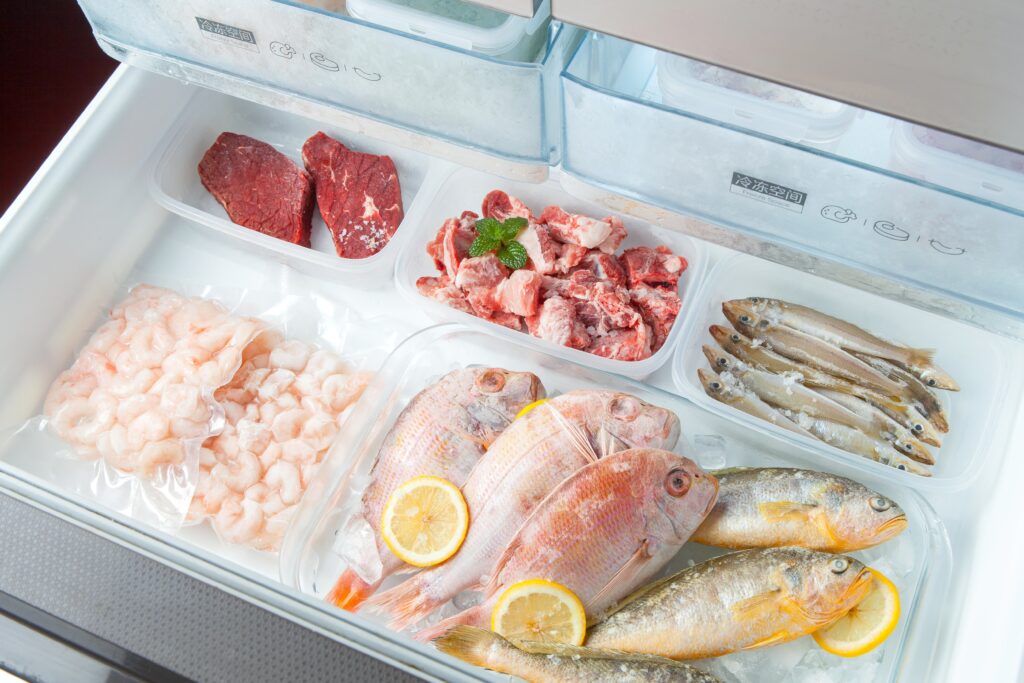
Why Temperature Matters
The temperature inside your fridge is directly related to the safety and quality of the food stored inside. When the temperature is set correctly, perishable foods such as dairy products, meat, eggs, and vegetables remain fresh for longer periods. Low temperatures slow down enzymatic activity and microbial growth, which are key factors in the spoilage of food.
When food is stored at temperatures higher than 40°F, spoilage accelerates, and the risk of foodborne illnesses rises. Bacteria and molds thrive at warmer temperatures, making the fridge temperature a key line of defense in protecting your health. Conversely, keeping the fridge too cold (below freezing) can ruin the texture and flavor of food, particularly fruits and vegetables, which are sensitive to freezing.
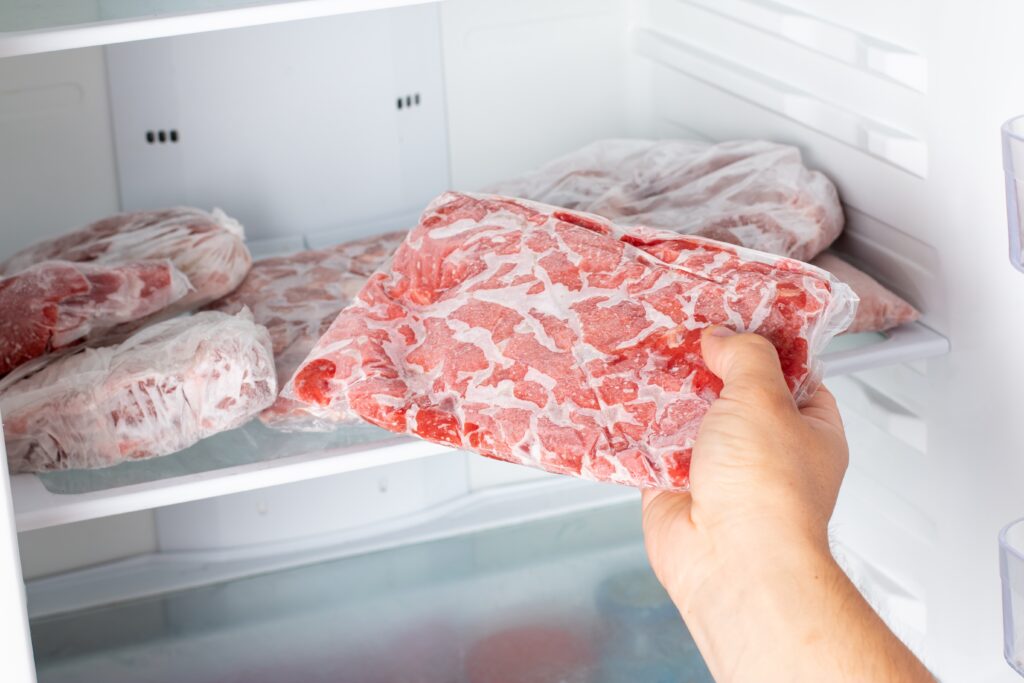
How Refrigerators Maintain Their Cold Environment
Refrigerators use a refrigeration cycle to remove heat from the interior and maintain the cool environment needed to keep food fresh. This process involves several key components:
- Compressor: The compressor compresses refrigerant gas, increasing its temperature and pressure. This hot gas then moves through the condenser coils located on the back or bottom of the refrigerator.
- Condenser Coils: In the condenser coils, the hot gas releases its heat to the surrounding air, cooling down and condensing into a liquid. This process expels heat from inside the refrigerator to the outside environment.
- Expansion Valve: The liquid refrigerant then passes through the expansion valve, where it expands and cools rapidly as its pressure drops. This cold refrigerant is now ready to absorb heat from the fridge interior.
- Evaporator Coils: The cold refrigerant flows through the evaporator coils inside the refrigerator, where it absorbs heat from the air, lowering the temperature inside the fridge. As it absorbs heat, the refrigerant evaporates back into a gas, completing the cycle when it returns to the compressor.
This continuous process keeps the refrigerator cool and regulates its internal temperature.
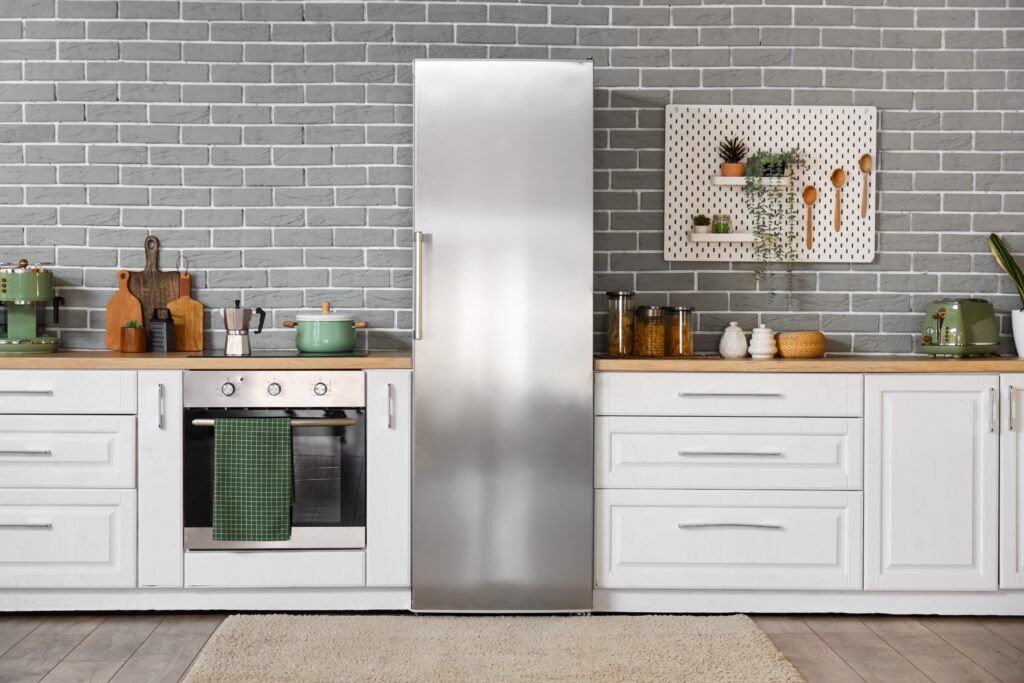
Factors That Can Affect Refrigerator Temperature
Several factors can influence the temperature inside a fridge, even when it’s set to the recommended level. Understanding these factors can help you maintain the optimal environment for food storage:
- Location of the fridge: If your refrigerator is placed in a warm or poorly ventilated area, such as near a window or oven, it may have to work harder to stay cool. The external temperature can affect the fridge’s efficiency, leading to temperature fluctuations inside.
- Frequent door openings: Every time the refrigerator door is opened, warm air enters, which can cause the internal temperature to rise temporarily. Opening the fridge too often or leaving the door open for extended periods can make it harder for the appliance to maintain a consistent temperature.
- Overloading: A refrigerator that is too full may struggle to maintain a consistent temperature. Overloading can block air vents, restricting airflow and preventing cool air from circulating properly. This can lead to warmer spots in certain areas of the fridge.
- Thermostat issues: A malfunctioning thermostat can cause the fridge to maintain the wrong temperature. If your fridge is consistently too warm or too cold, it may be time to check or replace the thermostat.
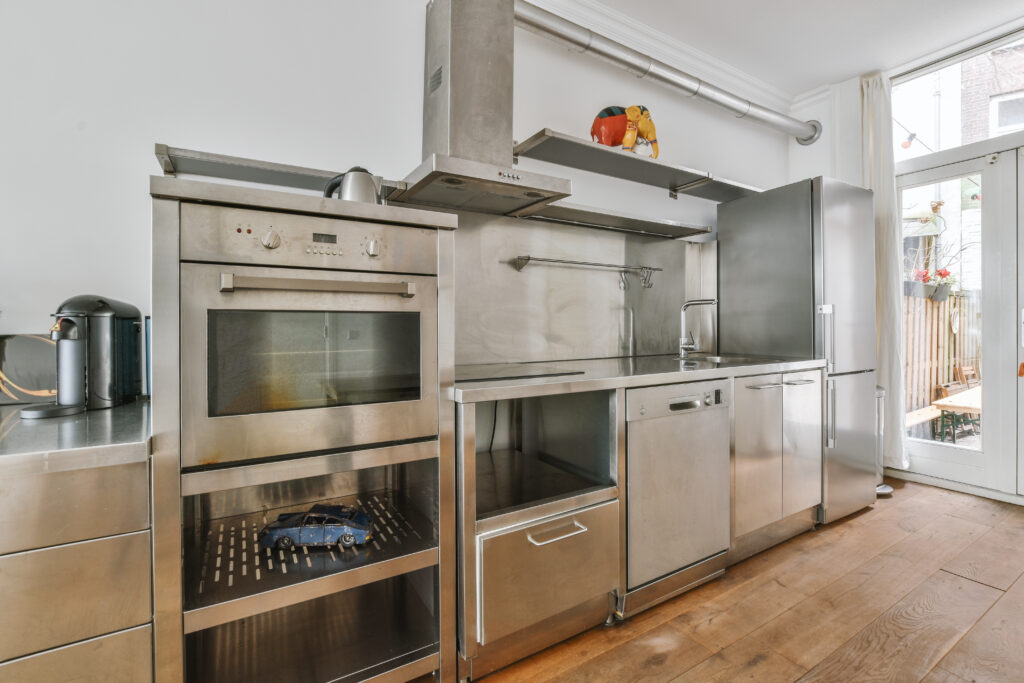
How to Ensure Your Fridge Stays Cold Enough
Maintaining the correct fridge temperature is essential for food safety and energy efficiency. Here are some tips to ensure your fridge stays at the ideal temperature:
- Use a refrigerator thermometer: Although most modern refrigerators come with a built-in thermostat, it’s a good idea to use a separate thermometer to check the temperature inside your fridge. Place the thermometer in different areas of the fridge to ensure the entire unit stays between 35°F and 38°F.
- Check door seals: Over time, the rubber gaskets that seal the refrigerator door can wear out, leading to cold air escaping and warm air entering the fridge. Make sure the door seals are clean and in good condition. If you notice any cracks or gaps, it may be time to replace them.
- Organize the fridge: Avoid overloading the refrigerator and make sure there’s enough space between items for air to circulate freely. Keep heavier items like meats and dairy products on the bottom shelves, which tend to be colder, and store more delicate items like produce in the designated drawers.
- Keep the door closed: Limit how often you open the fridge door, and don’t leave the door open for too long. This will help maintain a stable internal temperature and reduce the workload on the appliance.
- Perform regular maintenance: Clean the condenser coils on the back or bottom of your fridge at least once a year to ensure the appliance runs efficiently. Dust and debris can accumulate on the coils, making it harder for the fridge to release heat.
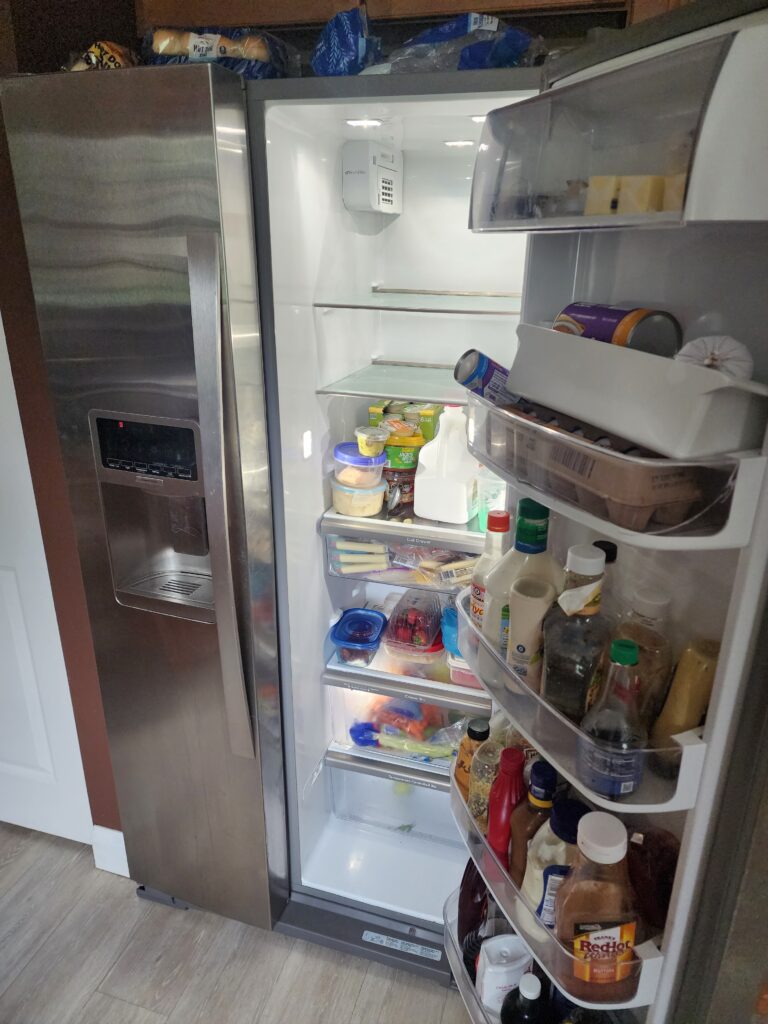
How to Deal with a Malfunctioning Fridge
If you notice that your fridge isn’t keeping food cold enough, or if certain areas of the fridge feel warmer than others, there may be an issue with the appliance. Here are some common signs of a malfunctioning refrigerator:
- Food spoiling quickly: If your food is going bad before its expiration date, it could be a sign that the fridge isn’t cold enough.
- Frost buildup: Excess frost in the freezer or refrigerator compartment could indicate that the door seal is damaged or that the temperature is set too low.
- Unusual noises: A noisy compressor or fan could point to a mechanical issue with the fridge.
In these cases, it may be necessary to call a professional appliance repair technician to inspect the fridge and make any necessary repairs.
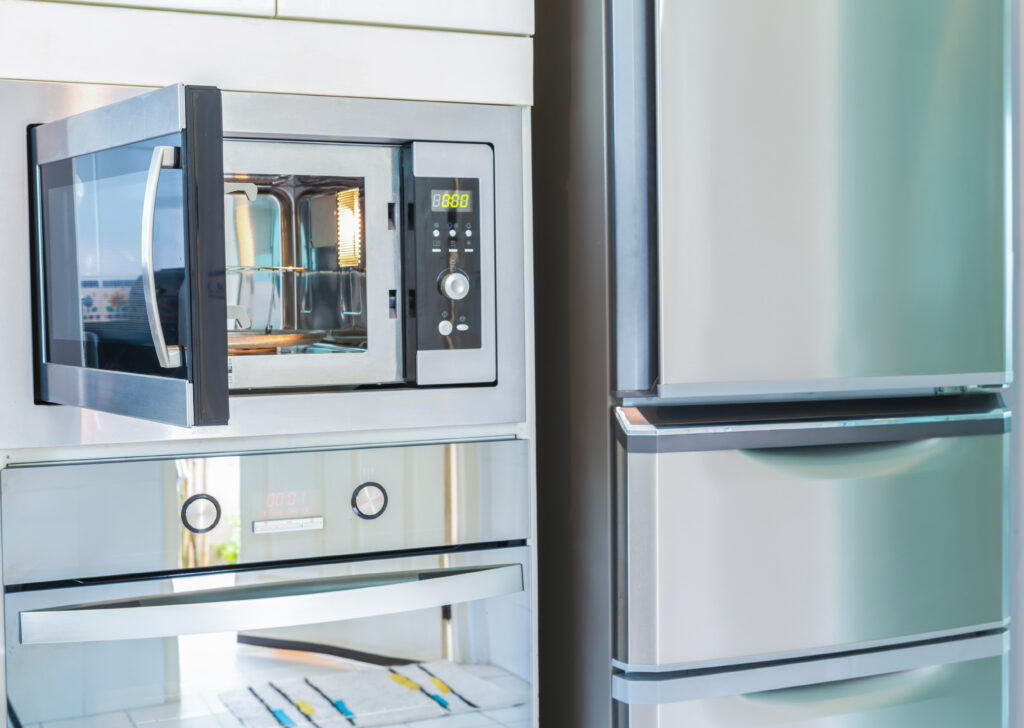
Conclusion: The Importance of Keeping Your Fridge at the Right Temperature
Maintaining the correct temperature in your refrigerator is essential for food safety, energy efficiency, and the longevity of the appliance. By understanding how cold a fridge should be, how the refrigeration process works, and what factors can affect temperature, you can ensure that your fridge operates optimally. Regular maintenance, such as cleaning the condenser coils and checking door seals, can also go a long way in keeping your fridge running smoothly. With these tips, you’ll be well on your way to preserving your food in the safest, most efficient manner possible.
If you’re experiencing issues with your refrigerator or need further assistance, My Appliance Guy is here to help! Whether you need a repair, maintenance, or advice on your fridge, you can count on our expert team to provide top-notch service.


